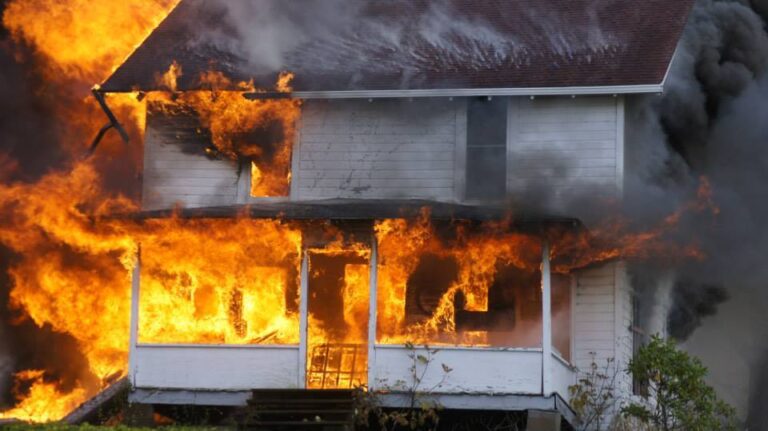Over the last 20 years, the number of home fires has significantly decreased due to home safety precautions and the efforts of local fire services providing public awareness and education. However, due to the materials used in modern construction and the increase in plastics and polystyrene materials used in homes, clothing and home goods, fires themselves have become more dangerous. There are steps that people can take to increase the prevention of fires and safety precautions.
Cooking is one of the most common causes of fires in the home. There are many types of fires attributed to cooking, the main three are unattended cooking, flammable materials catching fire and grease fires. All too often, people become distracted while cooking and leave their stoves unattended. There are several reasons this causes a fire, a couple of which are food overcooks or food overflowing its container. Grease fires have always been a danger, but the prevalence of home friers has increased the number of fires created by grease. Unfortunately, people do not keep grease safety in mind; It’s common knowledge that water on hot grease will cause the fire to spread, but in moments of stress people panic and throw water on them; do your best to stay calm and smother the fire with baking soda or a lid, removing the oxygen for the fire will put it out.
Another common cause of home fires is the increase in electronics in the home, particularly in older homes that don’t have upgraded electrical circuits. More and more people use power strips to be able to power all of their devices. Unfortunately, along with this, it is common to find people plugging things like space heaters or additional power strips into them instead of directly into the wall socket. This can generate too much heat for the power strips and create too much draw on the electrical circuits.
Taking steps to avoid these dangers themselves will decrease the chances of having a fire in the home. It’s also important to keep in mind what steps to take to protect yourself and your family in case of a fire emergency.
A few of the most important steps to take are maintaining several smoke detectors throughout your home, particularly near utility rooms, sleeping areas, and kitchens. It’s important to make sure you change the batteries on a regular basis. A good rule of thumb is to change the batteries at time change in the fall or spring.
Escape routes are another important aspect to consider. Preplan how you can exit your home if there is an emergency and have a designated spot outside to meet so you can get accountability of members of your household. And please keep in mind, once you are out, stay out.


